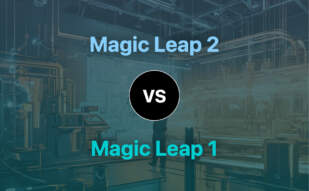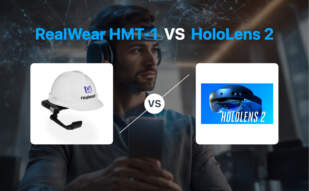For enterprise-oriented creators eyeing AR solutions, HoloLens 2 is the superior choice with a robust application ecosystem, advanced hand & eye tracking, and stable developer resources. However, Magic Leap is an equally promising contender, boasting a legacy of heavy capital backing and diverse acquisitions. Always analyze the key differences below before settling.

Key Differences Between HoloLens 2 and Magic Leap
- HoloLens 2 emphasizes enterprise applications, while Magic Leap diversifies its interest across different sectors, including entertainment.
- Significantly improved Field-of-View (FOV) and resolution in HoloLens 2 cater to demanding enterprise use-cases, offering superior AR experiences compared to Magic Leap.
- Magic Leap has a rich lineage of funding partners like Google and Alibaba, while HoloLens 2 draws its roots from tech giant Microsoft.
- While Magic Leap went through a significant restructuring due to COVID-19, HoloLens 2 further solidified its US Army contracts, displaying market resilience.
| Comparison | HoloLens 2 | Magic Leap |
|---|---|---|
| Targeted Market | Enterprise | Business and Consumers |
| Focus Area | Productivity and education | Light-field chip using silicon photonics |
| Weight | 566 grams | Unclear |
| Visual Sensor | 1-MP Time-of-Flight depth sensor | Unclear |
| Infrared Cameras for Eye Tracking | Yes | Unclear |
| Camera resolution | 8-MP | Unclear |
| Processor | Qualcomm Snapdragon 850 | Unclear |
| RAM | 4GB DDR4 | Unclear |
| Built-in Spatial Sound | Yes | Unclear |
| Battery Life | 3-hour | Unclear |
| Operating System | Microsoft’s Own | Unclear |
| Resolution Per Eye | 1440×936 pixels | Unclear |
| FOV | 43 degrees horizontal | Unclear |
| Ergonomics | Supportive Strapping and adjustable lenses | Unclear |
| Hand And Eye Tracking | Yes, Gesture controls for real-time 3D content | Unclear |
| Developer Resources | Extensive for custom app creation | Unclear |
What Is HoloLens 2 and Who’s It For?
Microsoft’s HoloLens 2 is a leading-edge AR headset, with a hefty price tag of $3,500. Targeted primarily at the enterprise sector, it’s not the go-to device for gamers or tech enthusiasts. The device pivots towards productivity and education use-cases, exhibiting transparent lenses fitted onto a visor, robust hand-tracking, eye-tracking infrared cameras, and unmatched spatial awareness.
This next-gen AR contraption is well appointed for enterprise applications courtesy of its Qualcomm Snapdragon 850 processor and 64GB storage. A noticeable elevation from its Gen 1 predecessor is the upgraded 4GB DDR4 RAM. Less about fun, more about practicality and productivity; HoloLens 2 awaits enterprise innevators.

Pros of HoloLens 2
- Purpose-built for enterprise solutions
- Packed with advanced tech; eye-tracking, spatial sound, Time-of-Flight sensor.
- Equipped with 64GB storage and a Snapdragon 850 processor.
- Ergonomic design for extended use
Cons of HoloLens 2
- High price point of $3,500
- Not catering to gamers or tech enthusiasts.
- Short battery life in rigorous use, approx. 2 hours.
- Restrictive FOV (43 degrees horizontal).
What Is Magic Leap and Who’s It For?
Magic Leap, a visionary American tech company, is known for its cutting-edge AR display, Magic Leap One. Founded by Rony Abovitz in 2010 and currently led by CEO Peggy Johnson, Magic Leap is driving progress in AR with the development of a unique light-field chip using silicon photonics.
The company has stirred investment interest from industry giants such as Google and Alibaba, raising a staggering $2.6 billion. Its specialized focus, crewed by a formidable team of creative experts in collaboration with strategic partnerships like Weta Workshop and Lucasfilm, bolsters the development of refreshing AR experiences. Anticipating professionals eager to adopt AR for productivity.
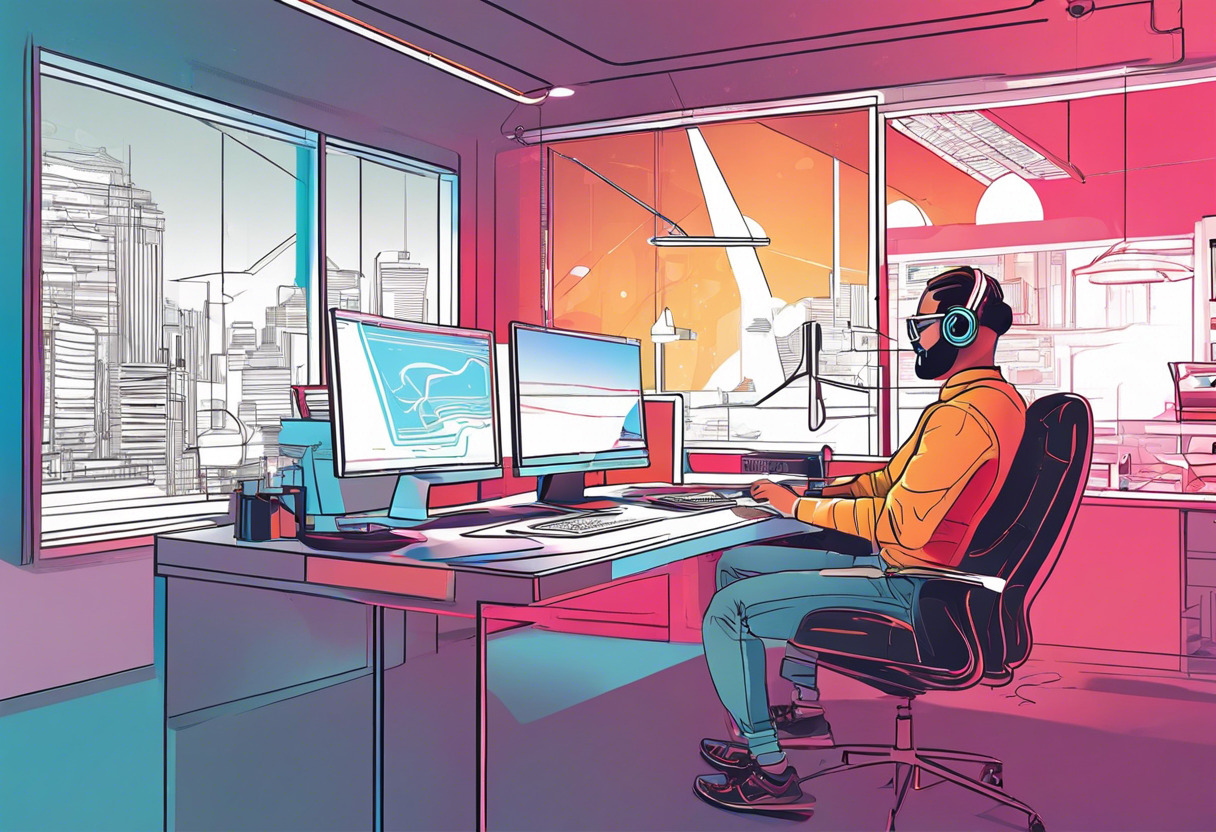
Pros of Magic Leap
- A powerhouse of technology advancement
- Attracted substantial investment from market leaders.
- Robust industry partnerships for enhanced creative and technological capabilities.
Cons of Magic Leap
- Recent company valuation plummeted.
- Company restructuring led to halved staff.
- Targeted device release postponed.
The Final Fightdown: HoloLens 2 vs Magic Leap
From realms of fantasy to stark corporate reality, the battle lines are drawn. Let’s see what technology emerges victorious in catering to different user segments.
Enterprise Users
HoloLens 2 reigns supreme for the enterprise market segment. Federation with AzureCloud storage and extensive developer resources offer end-to-end enterprise solutions. Its focus pivots towards productivity and education rather than games, making it a prerequisite choice for commercial VR application.

AR/VR Creators
Magic Leap, with its diverse partnerships and pool of creative experiences, clearly favors AR/VR creators. Silicon photonics-driven light-field chip propose ground-breaking prospects in content creation, hence a preferred choice for creative heads.

Regular Tech Enthusiasts
For attainable AR experiences, the HoloLens 2 offers better ergonomics and a handful improvements over its predecessor, making it fit for regular tech enthusiasts. Enriched battery life, spatial awareness upgrades, and seamless eye & hand tracking proffer an elevated VR experience.
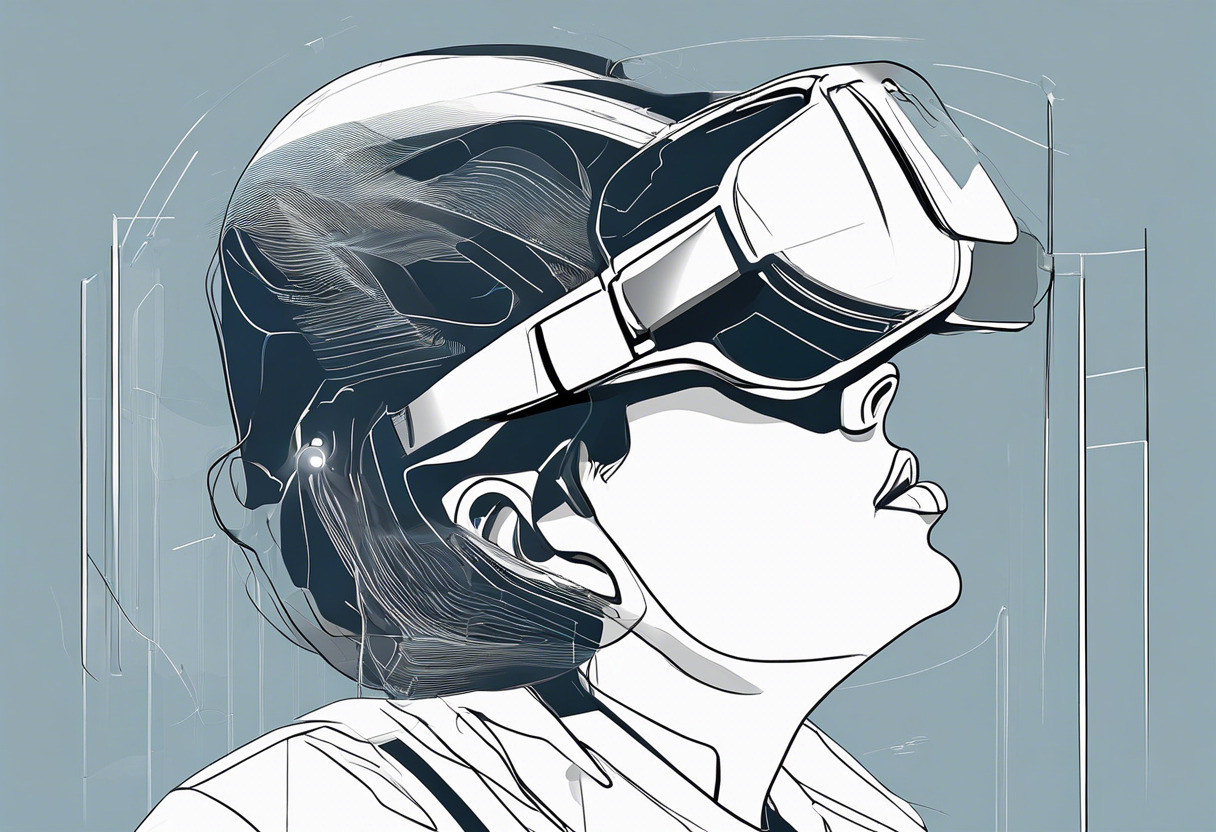
Military/Security Applications
The HoloLens 2 trumps again, in military/security applications. Validated by the US Army through IVAS, its progressive spatial awareness facilitates efficient navigation, while enhanced security kinship offers reliable biometric security.
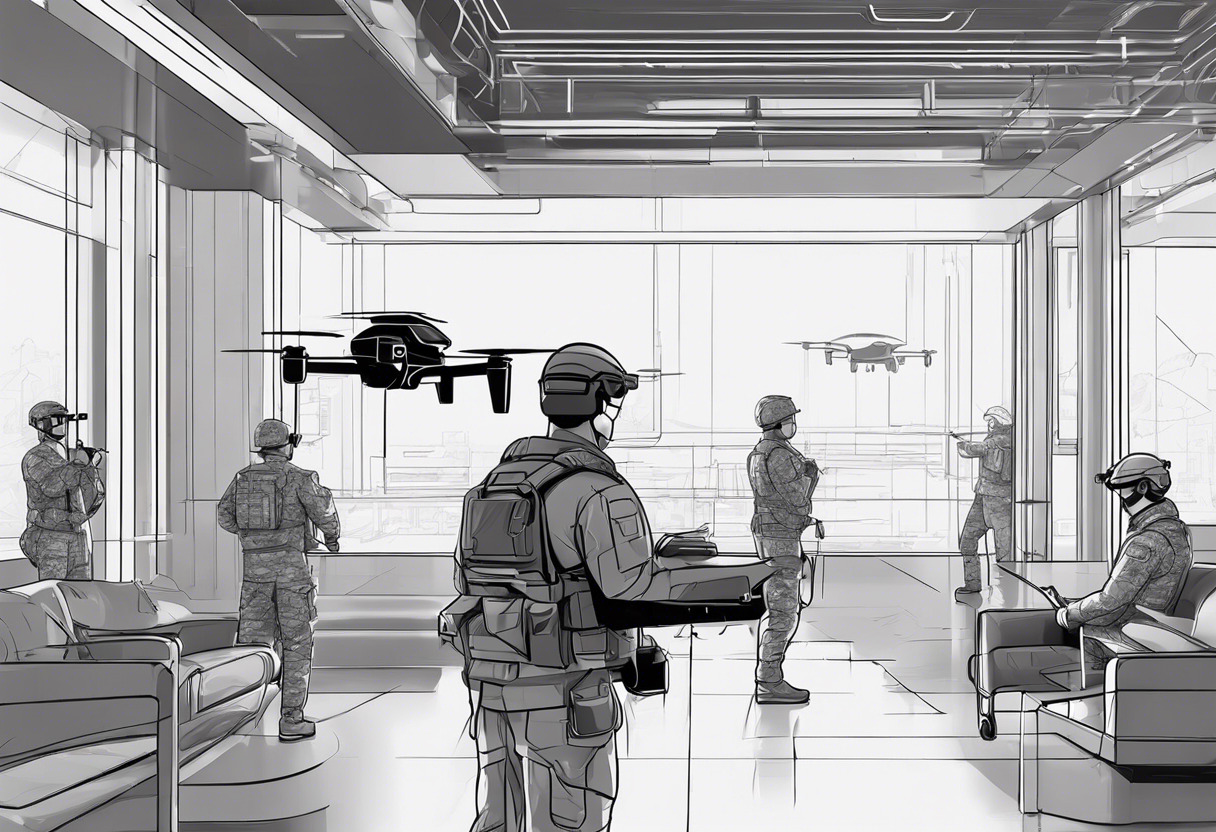
Designing Immersive Games
For game designers creating immersive worlds, Magic Leap helps bring games to life. With a pedigree in special effects and heavy investment in research and development, Magic Leap is the choice to unleash your imaginative bent.

For an immersive experience stirred with enterprise-focused prowess, HoloLens 2 fares better. Magic Leap, however, holds promise for creative exploration, with its fostering of astounding AR experiences. Your choice depends largely on your need for functionality or inventive flamboyance.
Logan Bellbrook
Content writer @ Aircada with a knack for nature & AR/VR/XR. Blogging the intersection of tech & terrain.



